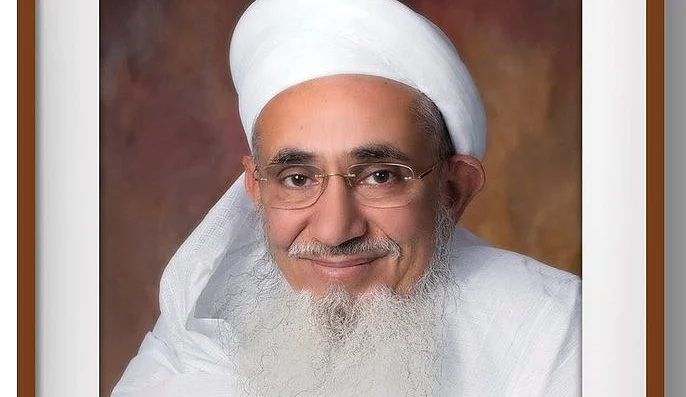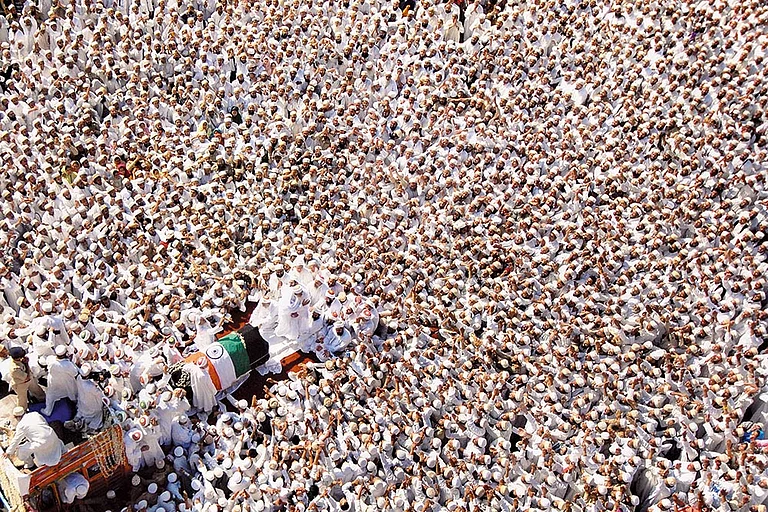The Bombay High Court on Tuesday rejected a 2014 lawsuit that contested the status and appointment of Syedna Mufaddal Saifuddin as the head of the Dawoodi Bohra Community.
HC bench Justice Gautam Patel said that the court has "only decided on the issue of proof and not faith," and dismissed the suit initially filed by Khuzaima Qutbuddin.
Justice Patel, while dismissing the suit, said, "I don't want any upheavals. I have kept the judgment as neutral as possible. I have only decided on the issue of proof and not faith."
Qutubuddin filed the suit soon after his brother and the then Syedna Mohammed Burhanuddin passed away in January 2014 at the age of 102.
Advertisement
History Of The Dawoodi Bohras Leadership
Mufaddal Saifuddin, the second son of Burhanuddin, succeeded as the Syedna.
Following Qutbuddin's death in 2016, his son Taher Fakhruddin took legal action, asserting that his father had delegated authority to him.
The legal action aimed to prevent Saifuddin from carrying out his responsibilities as Syedna.
Qutbuddin had in his suit claimed his brother Burhanuddin appointed him as the mazoon (second in command) and privately anointed him as his successor through a secret "nass" (conferment of succession), prior to the mazoon announcement on December 10, 1965.
Advertisement
Fakhruddin claimed that his father before dying conferred and appointed him for the position.
Who Are Dawoodi Bohras?
The Dawoodi Bohras are a religious denomination among Shia Muslims.
Traditionally a community of traders and entrepreneurs, it has more than 5 lakh members in India and over 10 lakh across the world.
The community's top religious leader is known as the Dai-al-Mutlaq (most senior).
As per faith and Dawoodi Bohra doctrine, a successor is appointed through "divine inspiration".
A "nass" can be conferred upon any deserving member of the community and not necessarily a family member of the current Dai, although the latter is often the practice.
What Did Suit Seek?
The lawsuit had requested the High Court to prohibit Saifuddin from serving as the Dai-al-Mutlaq. It also requested access to Saifi Manzil, the residence of the Syedna in Mumbai, claiming that Syedna Mufaddal Saifuddin had assumed the leadership position in a "fraudulent manner".
Qutbuddin asserted that following Burhanuddin's ascension as the new Dai-al-Mutlaq, succeeding his father Syedna Taher Saifuddin in 1965, he openly designated his half-brother as the mazoon (second in command) and privately selected him as his successor via a clandestine nass.
Qutbuddin alleged that Burhanuddin instructed him to keep the private nass confidential, a directive he claimed to have honored until the 52nd Dai's passing.
Advertisement
Syedna Saifuddin contested the lawsuit, arguing that the 1965 nass was invalid due to a lack of witnesses and therefore should not be acknowledged.
He asserted that, according to the prevailing beliefs of the Dawoodi Bohra faith, nass was subject to change and cancellation. According to his assertions, on June 4, 2011, the 52nd Dai granted nass to Syedna Saifuddin in the presence of witnesses at the Bupa Cromwell Hospital in London, where he was hospitalized following a stroke.






















